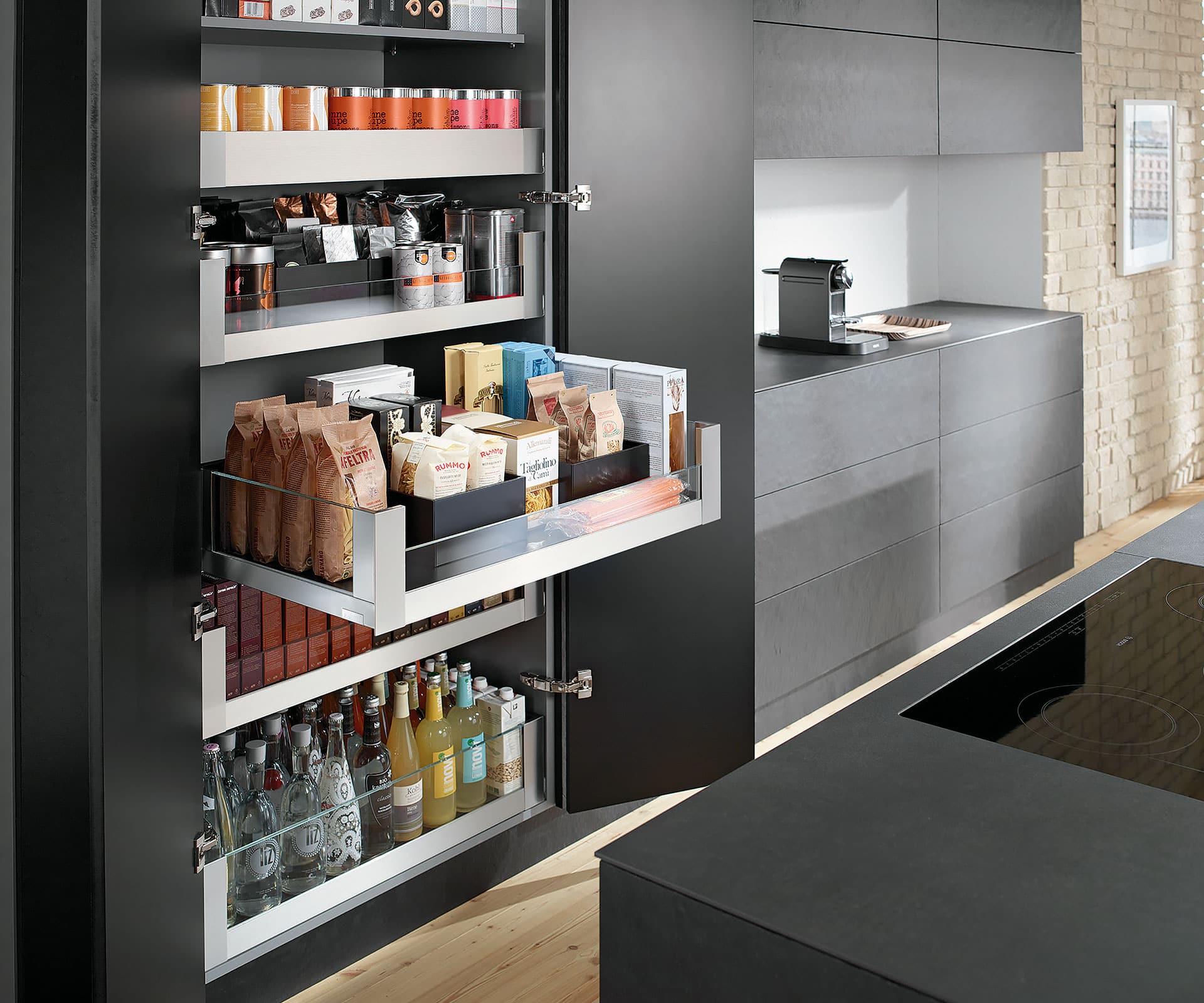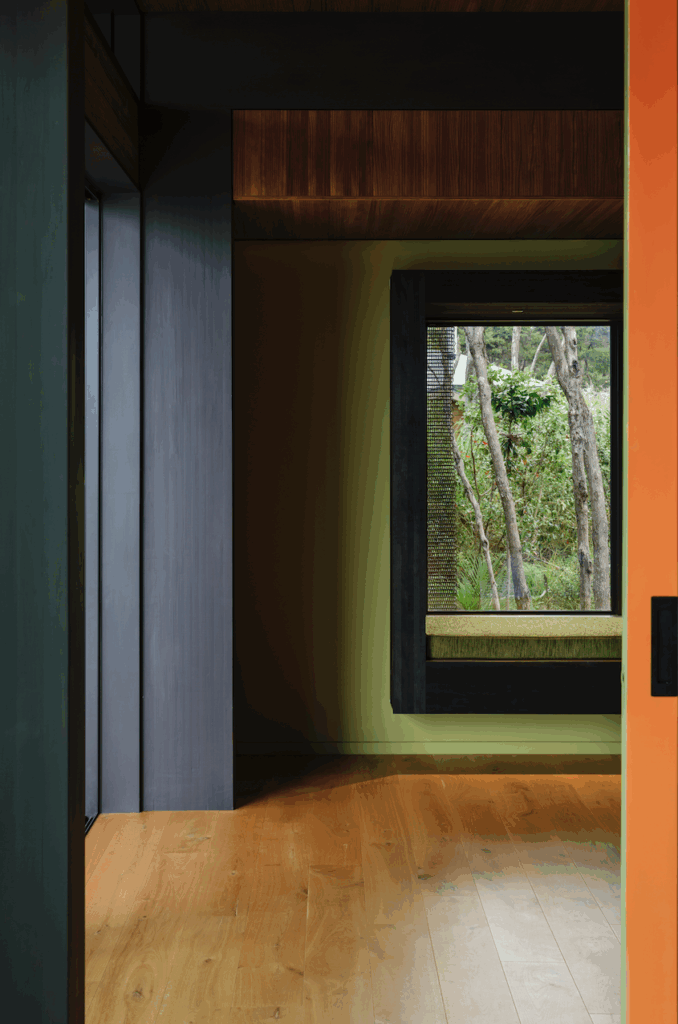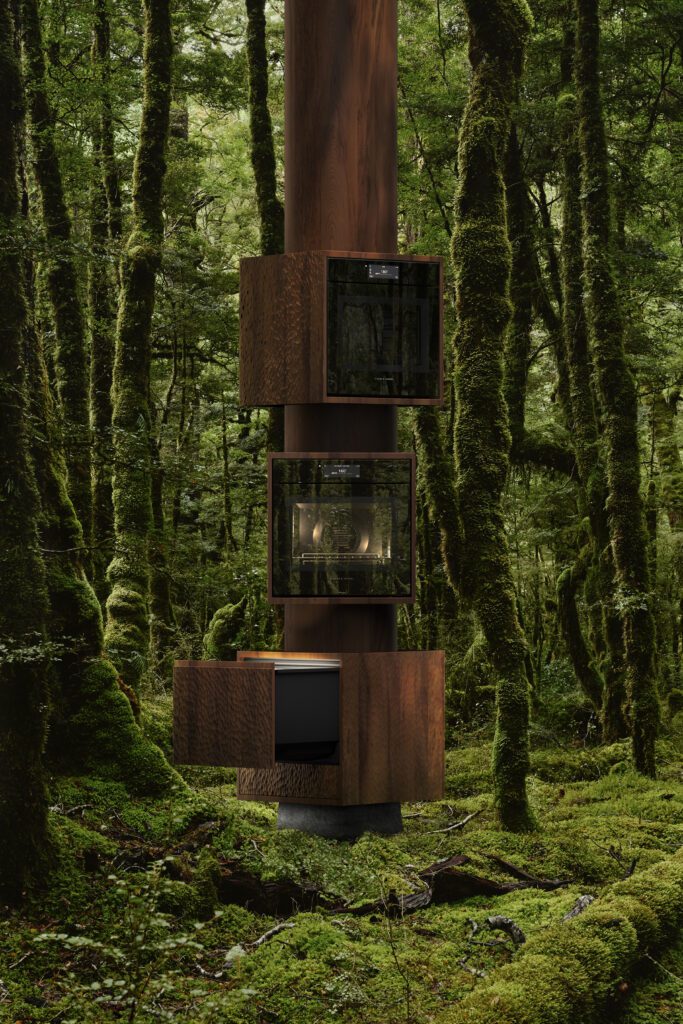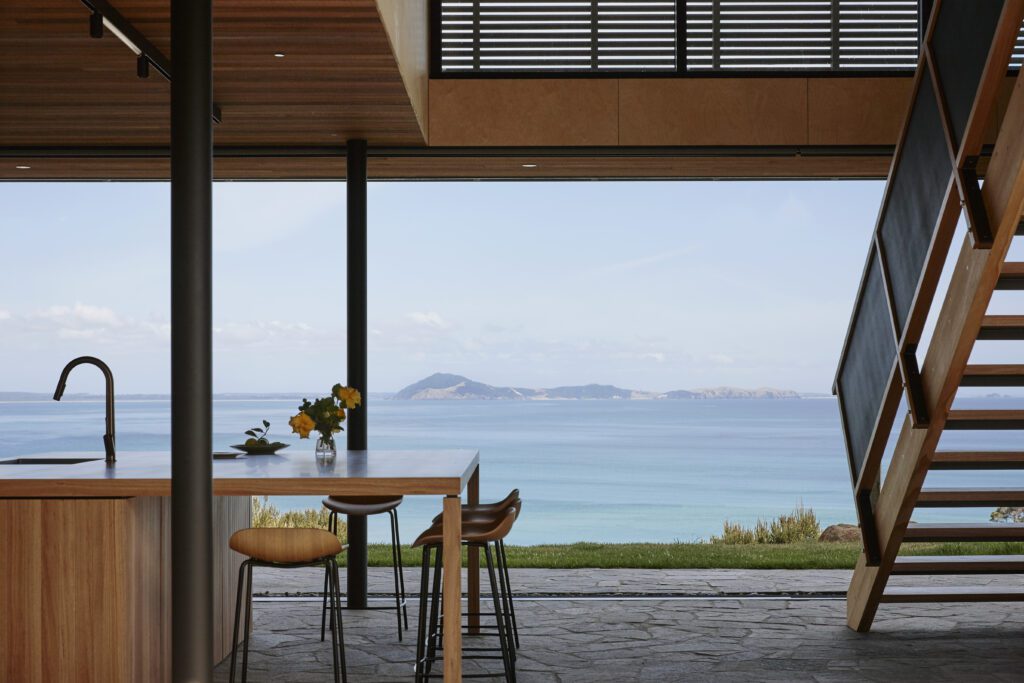Technology integrates ergonomics to create sleek, efficient and creative cooking spaces

Simon Farrell-Green: Editor HOME
Sophie Beets: Marketing Consultant
Is the triangle still the rule of ergonomic layout?
The relationship between sink, hob and fridge is still important but it has developed with technology. Research into workflow has been evolving since 1869 – the working triangle developed in the 1940s from a string study into the distance travelled in a kitchen and has been invaluable to understanding efficiency. Blum’s virtual string study defines five zones – this not only makes for efficiency but allows for zone size to be tailored to specific storage needs.
How do you integrate individual needs into design?
A kitchen lasts about 20 years and we spend around two hours a day in them, so having a kitchen that adapts to future needs is important. Considering ergonomic planning concepts and storage are key – a Space Tower pantry or drawers below bench instead of cupboards can drastically reduce bending and straining. Although a minimum of 900mm is required for preparation, consider a larger space if you have a multi-cook household – then the whole family can join in.
Cabinetry has evolved – how do you make storage work harder and more efficiently?
Thinking about personal storage needs per zone is a great way to cover all tasks, items and custom requirements. Consumables, non-consumables, cleaning, preparation and cooking can all be optimised and made smaller or larger.
It’s more popular than ever to dispense with handles. How has hardware changed?
Kitchen design has moved into a sleek minimalist realm with uninterrupted surfaces and handle-less drawer fronts. At EuroCucina this year, kitchens sat as elegant pieces of furniture filling the exhibition halls of Milan. Designers now have the freedom to emphasise the materiality of a cabinet without the need for a handle or the compromise of losing the function of soft-close. Drawers can be push-to-open and soft-close with either Servo-drive or Tip-on Blumotion. Servo-drive even extends to handle-less integrated appliances, so your fridge and freezer can fit seamlessly with other cabinets.
[related_articles post1=”50627″ post2=”53317″]




